What You Should Know About the Tree Service Industry
The tree service industry plays a crucial role in maintaining the health, safety, and aesthetics of urban and rural landscapes. From tree removal to preservation, the industry is vast and multifaceted. This article will explore various aspects of the tree service industry, shedding light on the practices, challenges, and trends shaping its future. As urban areas continue to expand, the demand for professional tree services is expected to increase, emphasizing the need for well-trained arborists.
Defining the Role of Arborists
Arborists, often known as tree surgeons, are individuals trained in the art and science of planting, caring for, and maintaining trees. Their role is crucial in ensuring trees remain healthy and do not pose risks to safety. In urban settings, the work of an arborist often involves balancing the ecological benefits of trees with the practical needs of city planning. These professionals assess a tree's condition, diagnose any diseases it may have, and determine the best management strategies.
Training and certification are imperative in the field of arboriculture. Arborists typically receive education in areas such as biology, ecology, and landscape architecture. Certifications, like those provided by the International Society of Arboriculture (ISA), ensure that arborists are knowledgeable and skilled in current practices. Continuous education is also crucial, as new techniques and research continuously inform better tree care methods.
Arborists provide a wide range of services to cater to the diverse needs of trees. These services can include tree planting, pruning, tree removal, and pest management. In urban forestry, arborists are instrumental in managing public parks, ensuring safety through regular assessments, and maintaining aesthetic appeal. Urban forests also benefit from the expertise of arborists, helping increase canopy cover and combat urban heat.
Assessing the Environmental Impact of Tree Services
Tree preservation and maintenance contribute significantly to environmental sustainability. Healthy trees act as vital carbon sequesters, absorbing carbon dioxide and releasing oxygen. As cities grow, trees play an essential role in reducing urban heat and improving air quality. Tree services help in maintaining this balance by identifying at-risk trees and suggesting measures to improve their health.
One of the essential functions of tree services is to support overall tree health, which plays a vital role in carbon sequestration. Through photosynthesis, trees absorb carbon dioxide, helping to reduce the impact of greenhouse gases on the environment. However, according to the Arbor Day Foundation, if a tree is 50% damaged, it should be removed to ensure safety. By maintaining healthy trees and managing damaged ones, urban forests can continue to serve as effective carbon sinks, delivering substantial environmental benefits.
Managing invasive species and tree diseases is a vital responsibility within the tree service industry, as these threats can cause extensive harm to forests and landscapes. Invasive species often outcompete native trees for resources, disrupting the balance of local ecosystems and diminishing biodiversity. Skilled arborists are equipped to identify these hazards and implement targeted control strategies, whether through biological, chemical, or mechanical means, to protect and restore tree health. Effectively combating these challenges often involves working alongside environmental organizations, underscoring the collaborative and interconnected nature of ecosystem management.
Exploring Technological Advancements in the Industry
Technological advancements have revolutionized the tree service industry, enhancing efficiency and safety. Drone technology has become a valuable tool for tree assessment, allowing arborists to evaluate tree health from above and detect issues that may not be visible from the ground. These drones assist in mapping out tree canopies, providing data for large-scale projects without significant interruption to the surrounding area. Additionally, drones are instrumental in detecting tree diseases early, ensuring timely interventions.
Innovations in climbing and cutting equipment have also improved tree service operations. Advanced climbing gear allows arborists to reach higher and more challenging areas safely, minimizing the risk associated with manual climbing. Portable saws and cutting devices have also seen improvements, increasing precision and reducing the time needed for tasks. Combined with safety protocols, these technological tools ensure that tasks are performed with the highest efficiency and safety standards.
Digital tools further aid in the management and planning of tree services. Software applications can track tree health, schedule routine maintenance, and log treatment histories, providing arborists with easily accessible and organized data. These tools also facilitate communication and collaboration within teams, ensuring that all involved parties have up-to-date information. With advances in tree disease and pest detection technologies, early warning systems can alert arborists to potential problems before they worsen.
Implementing Safety Protocols and Guidelines
The tree service industry adheres to stringent safety protocols to protect workers and the public. Standard safety practices include using personal protective equipment (PPE) such as helmets, eye protection, and harnesses. Employees are trained in hazard recognition and reduction tactics to ensure they can work safely at heights and with machinery. Regular safety drills are conducted to maintain high awareness levels and prepare teams for unexpected emergencies. Well-enforced safety guidelines not only protect workers but also ensure public safety during tree service operations.
Training programs and certifications further support safety standards within the industry. Many organizations offer courses focusing on safe climbing techniques, equipment use, and emergency procedures. Certification from bodies like the ISA or Tree Care Industry Association (TCIA) often includes safety components, ensuring arborists are well-prepared for various scenarios. Disseminating knowledge through workshops and training sessions is an ongoing process in the tree service industry. Such initiatives ensure that workers remain up to date with the latest safety measures and regulations.
Regular equipment safety checks and maintenance are vital aspects of worksite safety. All machinery, from chainsaws to cranes, must comply with industry safety standards and undergo periodic inspections. Maintenance procedures are crucial to preventing mechanical failures that could endanger workers. Emergency response strategies are also in place, with teams trained to handle injuries or accidents effectively and efficiently.
Evaluating the Economic Aspects of the Tree Service Industry
The economic implications of the tree service industry are both wide-ranging and significant. The market size has consistently grown due to increased urban development and the subsequent demand for green spaces. This growth trend is reflected in the rising number of tree service businesses and professionals entering the field. Although generally competitive, the tree service market offers diverse opportunities, with specialty services becoming increasingly popular.
Pricing models and cost factors vary widely within the tree service industry, often depending on the complexity of the service provided, such as tree removal, pruning, or healthcare. Costs may also fluctuate based on geographic location, with urban areas typically demanding higher prices due to increased operational costs. Despite these variations, some standardized pricing structures help clients anticipate expenses. Developing accurate and fair pricing models remains essential for businesses to remain competitive while ensuring a quality service that customers can rely on.
Economic fluctuations can impact the tree service industry, influencing both consumer demand and operational costs. During economic downturns, consumers may delay non-essential services, affecting business revenue. Conversely, periods of economic prosperity often see increased spending on landscaping and urban greening projects. Despite these challenges, many businesses demonstrate resilience through diversification and innovation.
The tree service industry is diverse and dynamic, continually adapting to address environmental needs and embrace technological advancements. Recognizing its multifaceted nature underscores the industry’s role in sustaining ecological balance and improving quality of life. With ongoing innovation and commitment from professionals, trees will continue to flourish, providing lasting benefits for both nature and society. Contact Eduardo's Tree Service to enlist professional arborists in keeping your trees healthy.
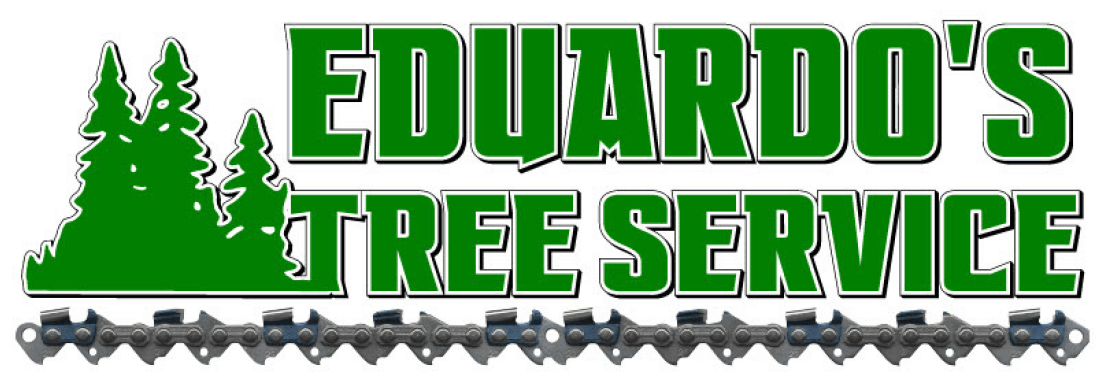
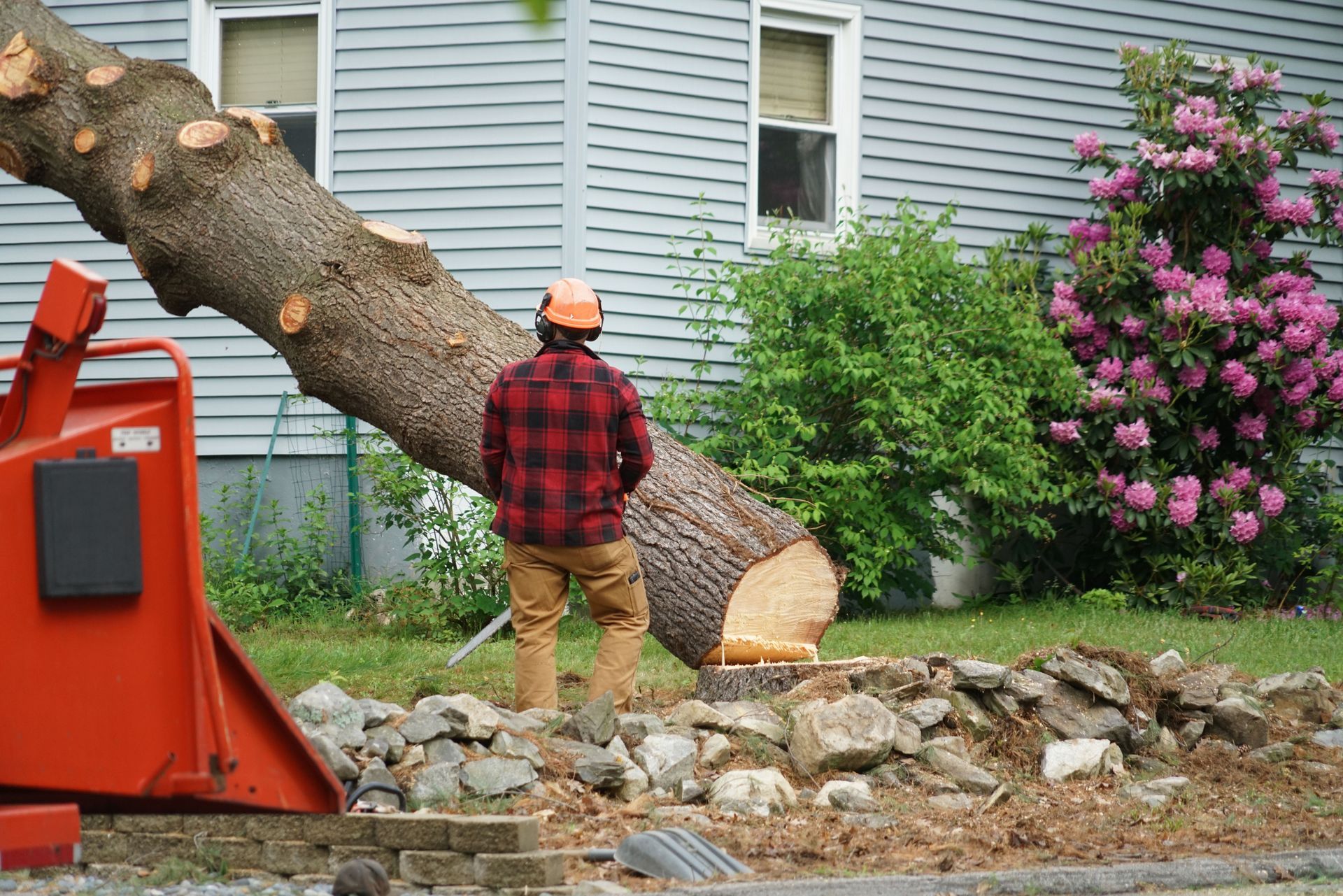
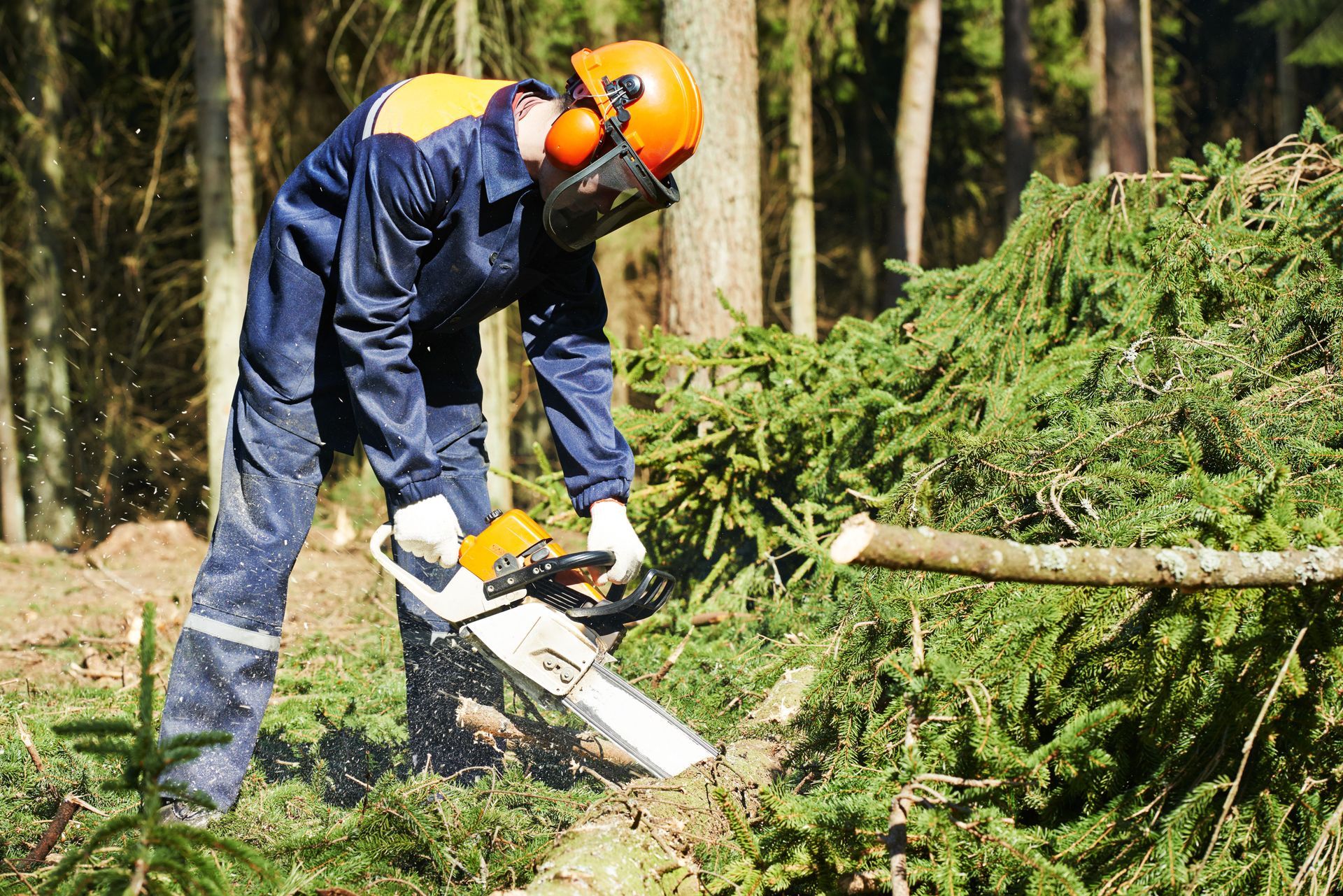
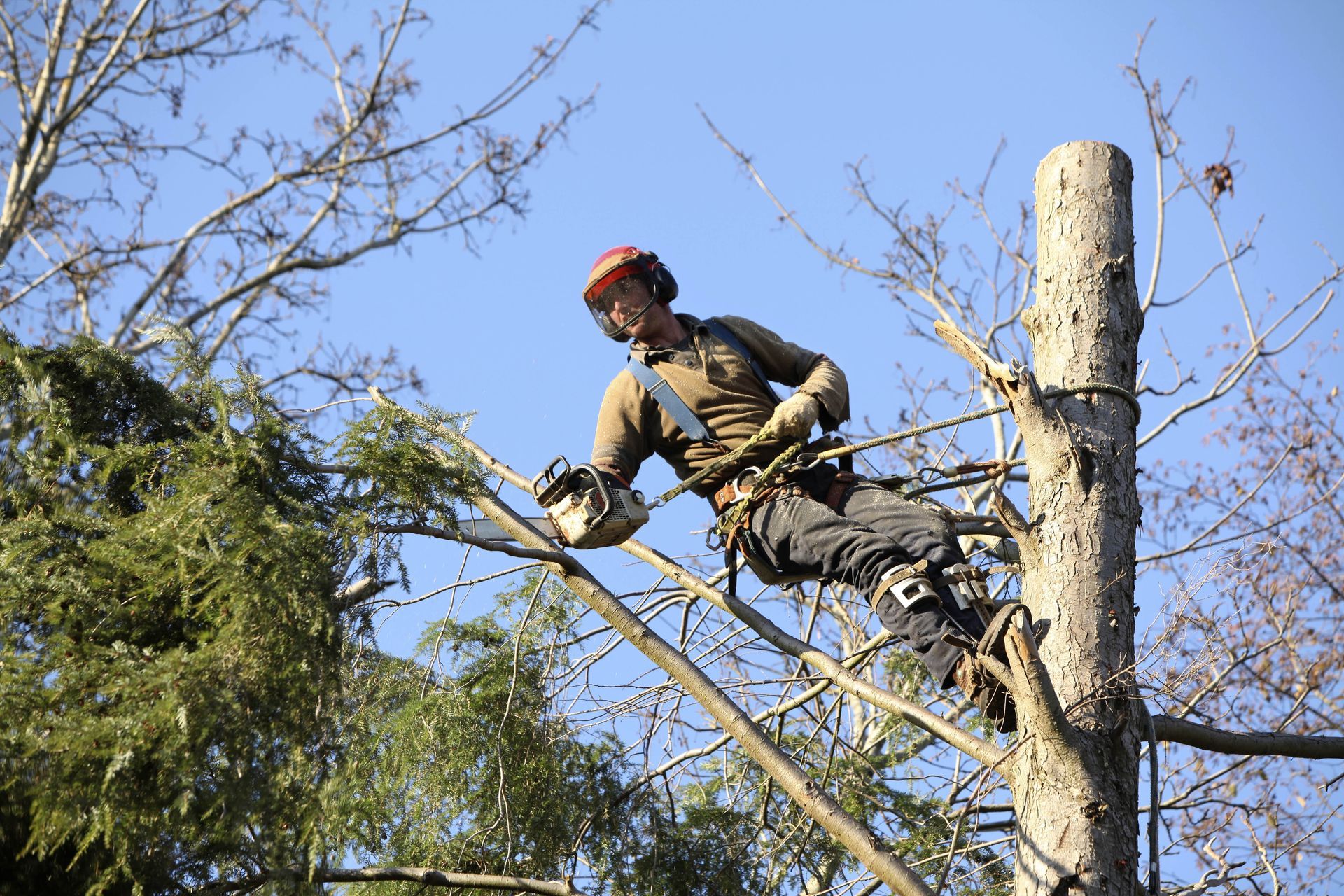
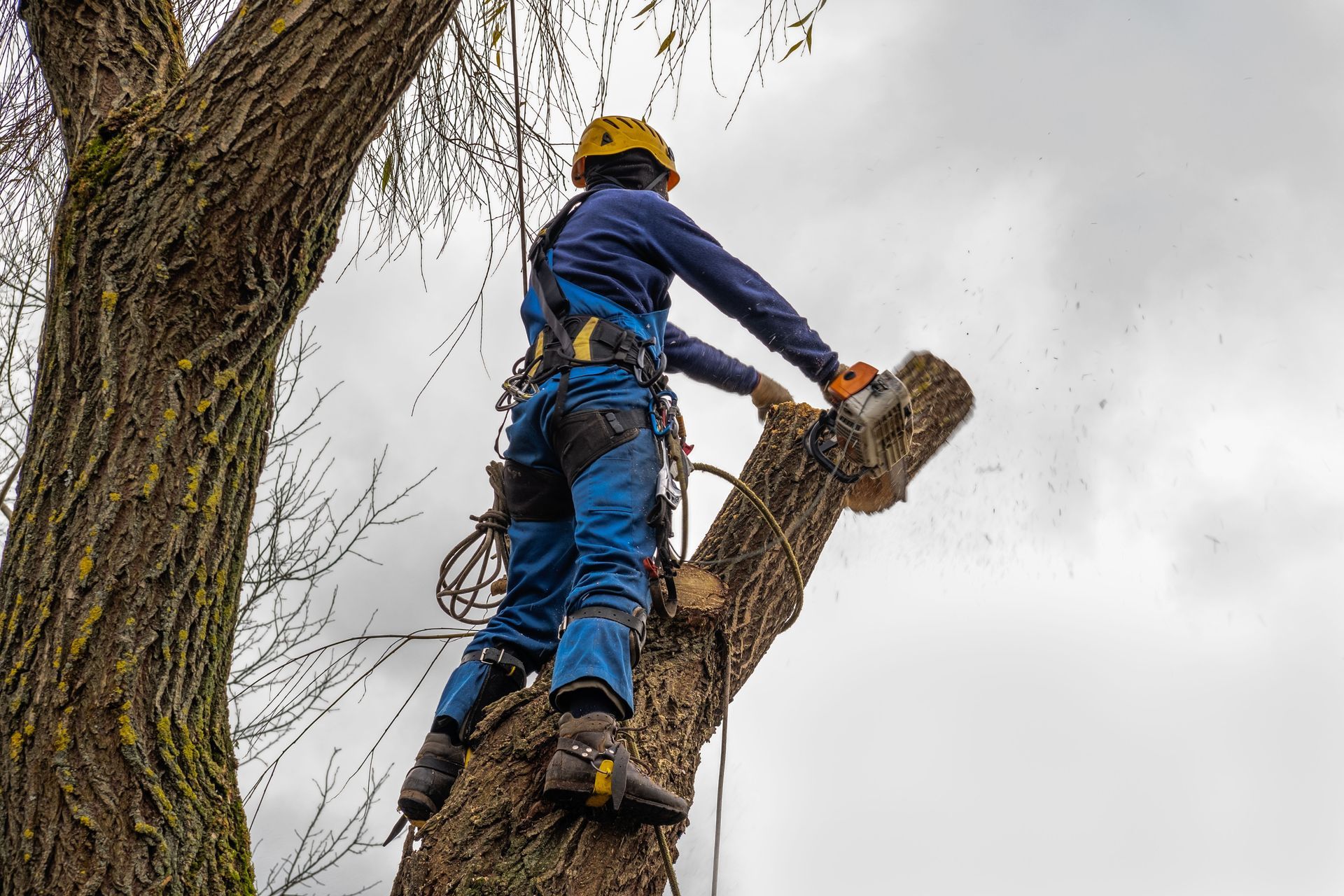
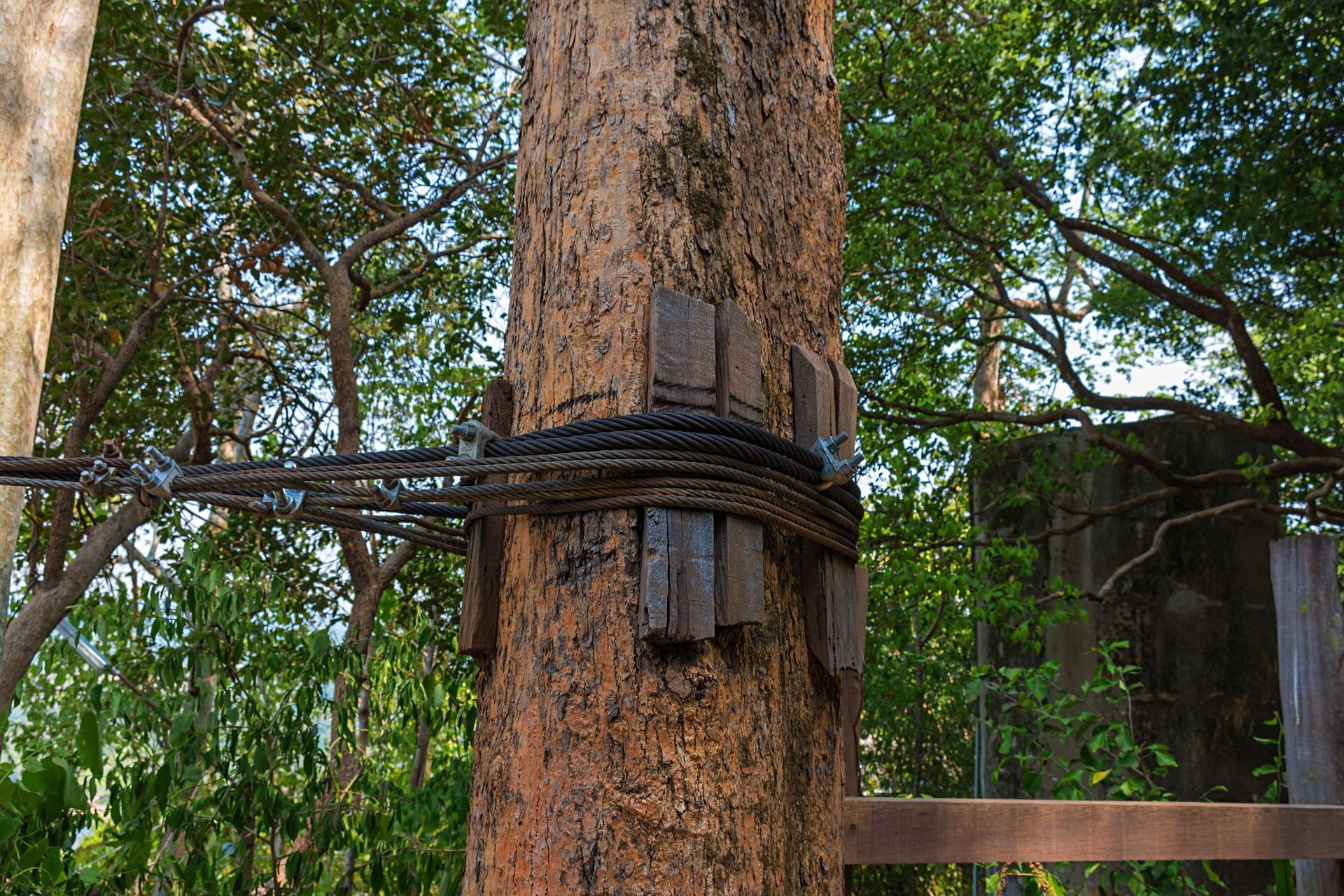
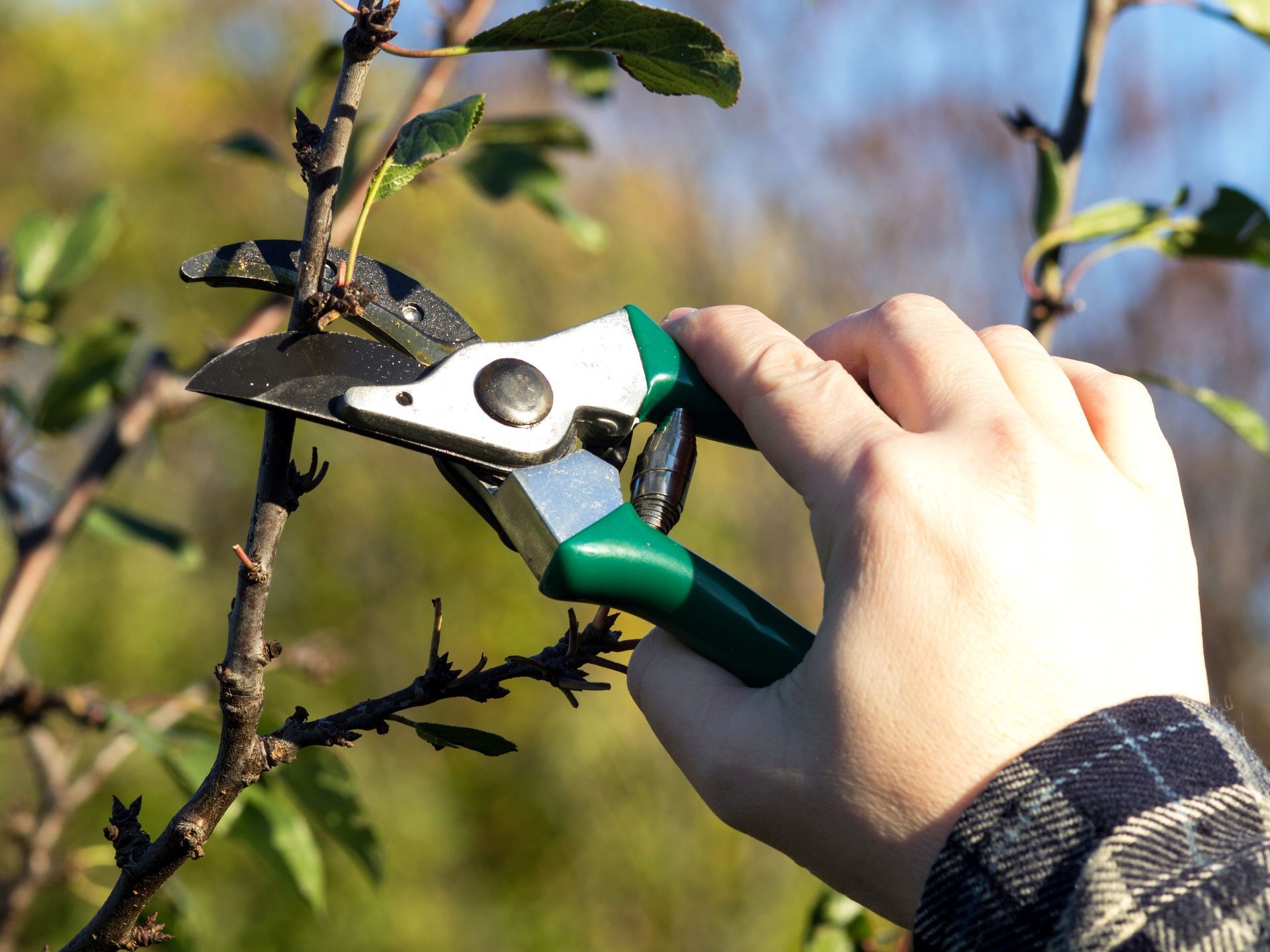
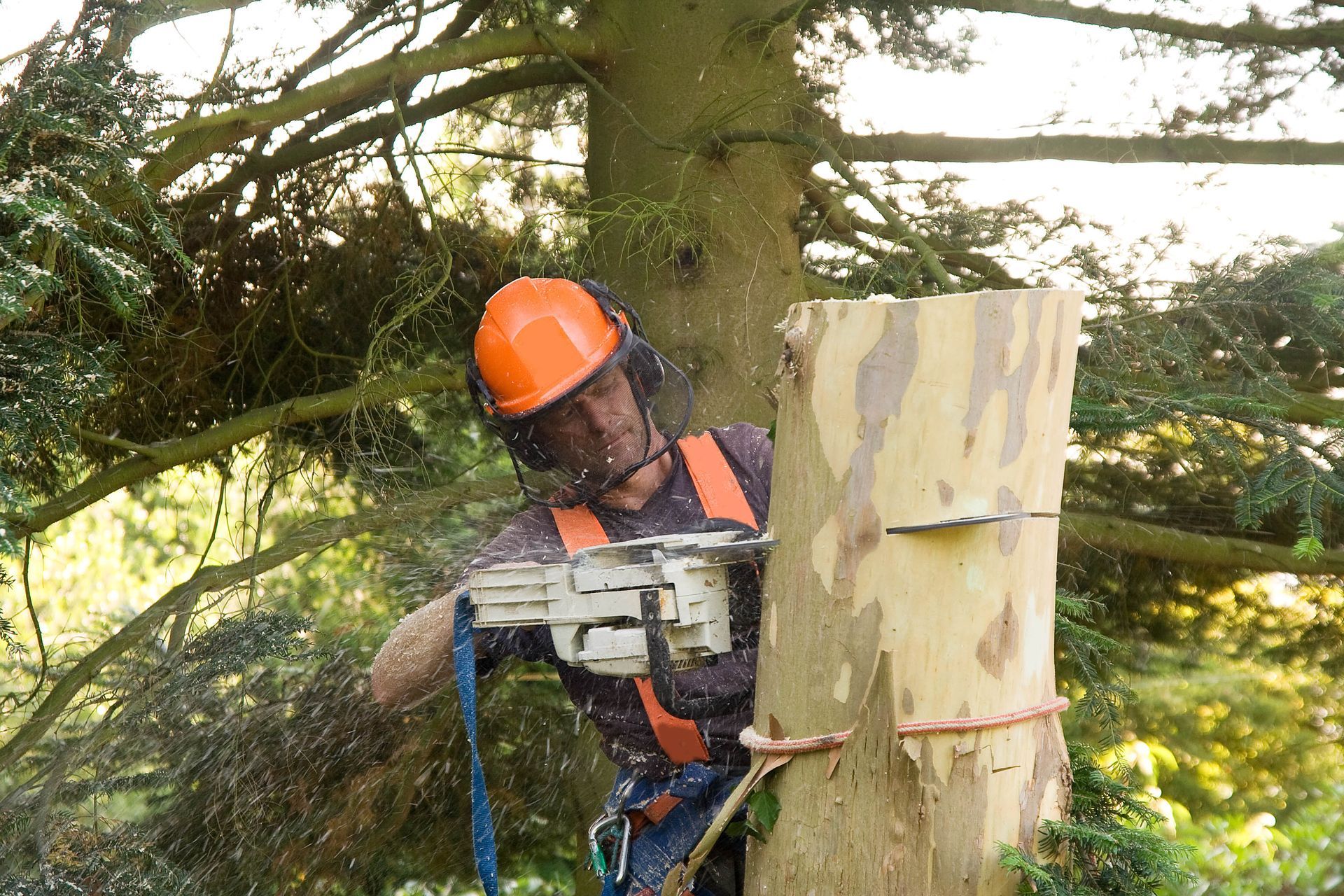
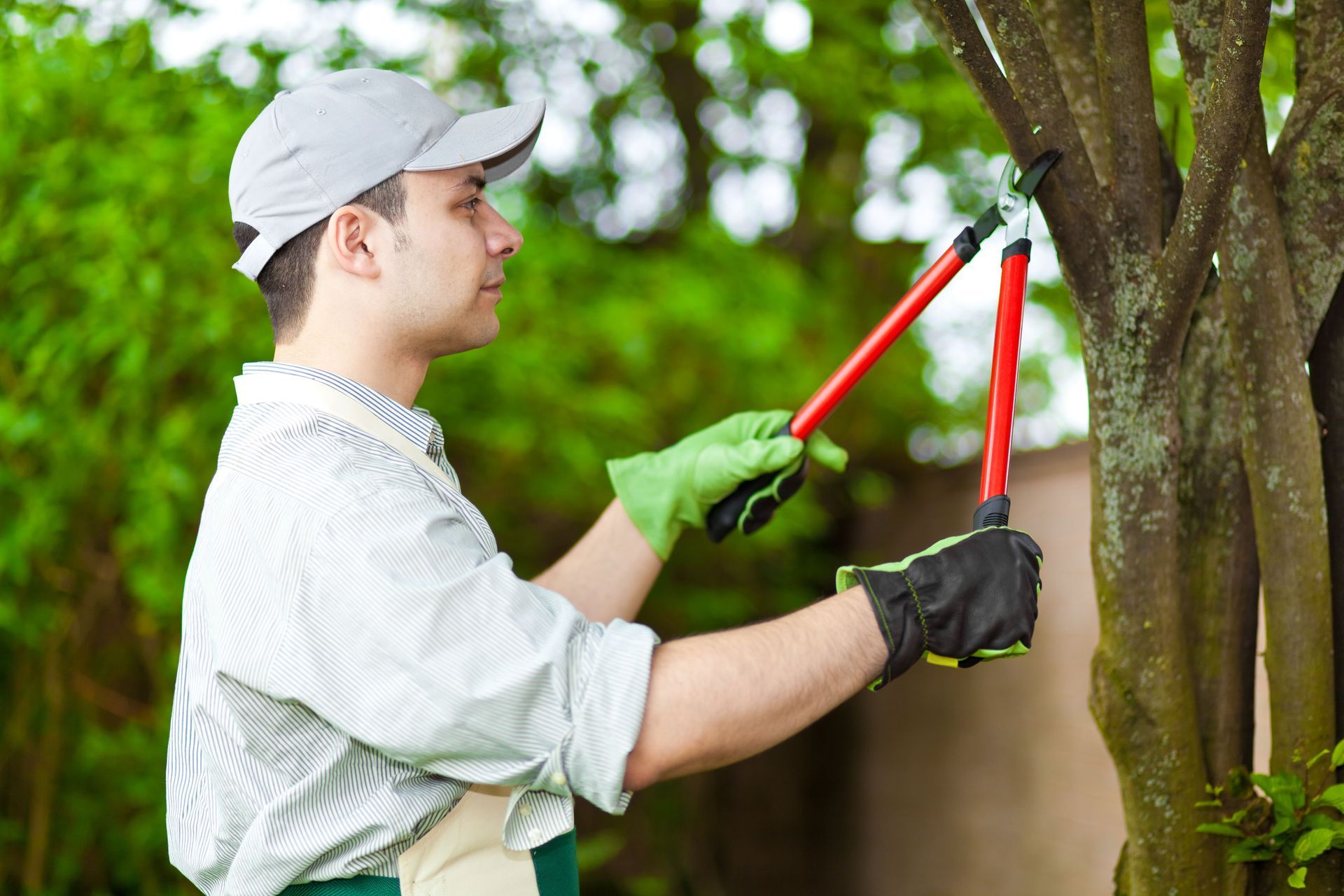
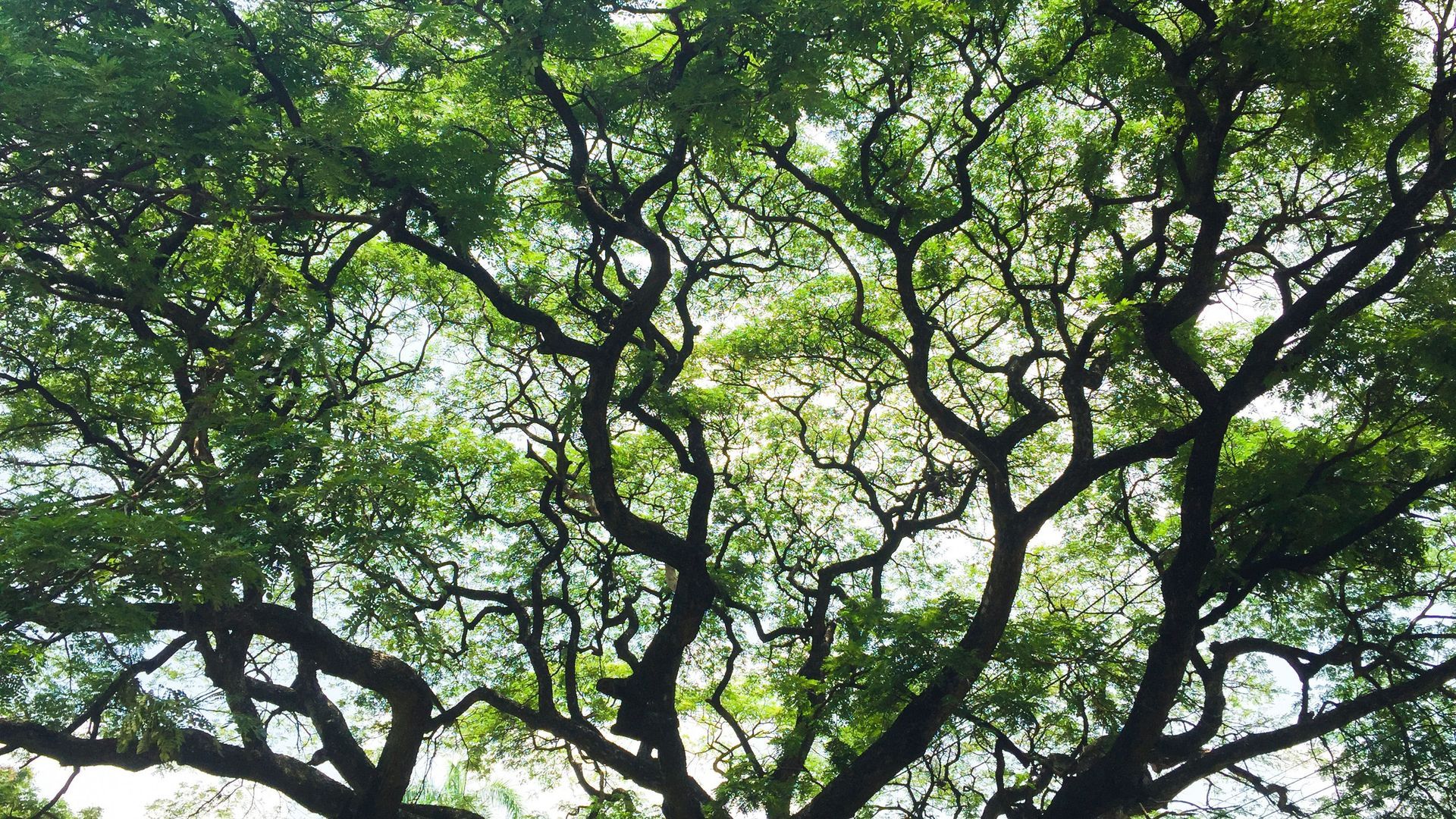
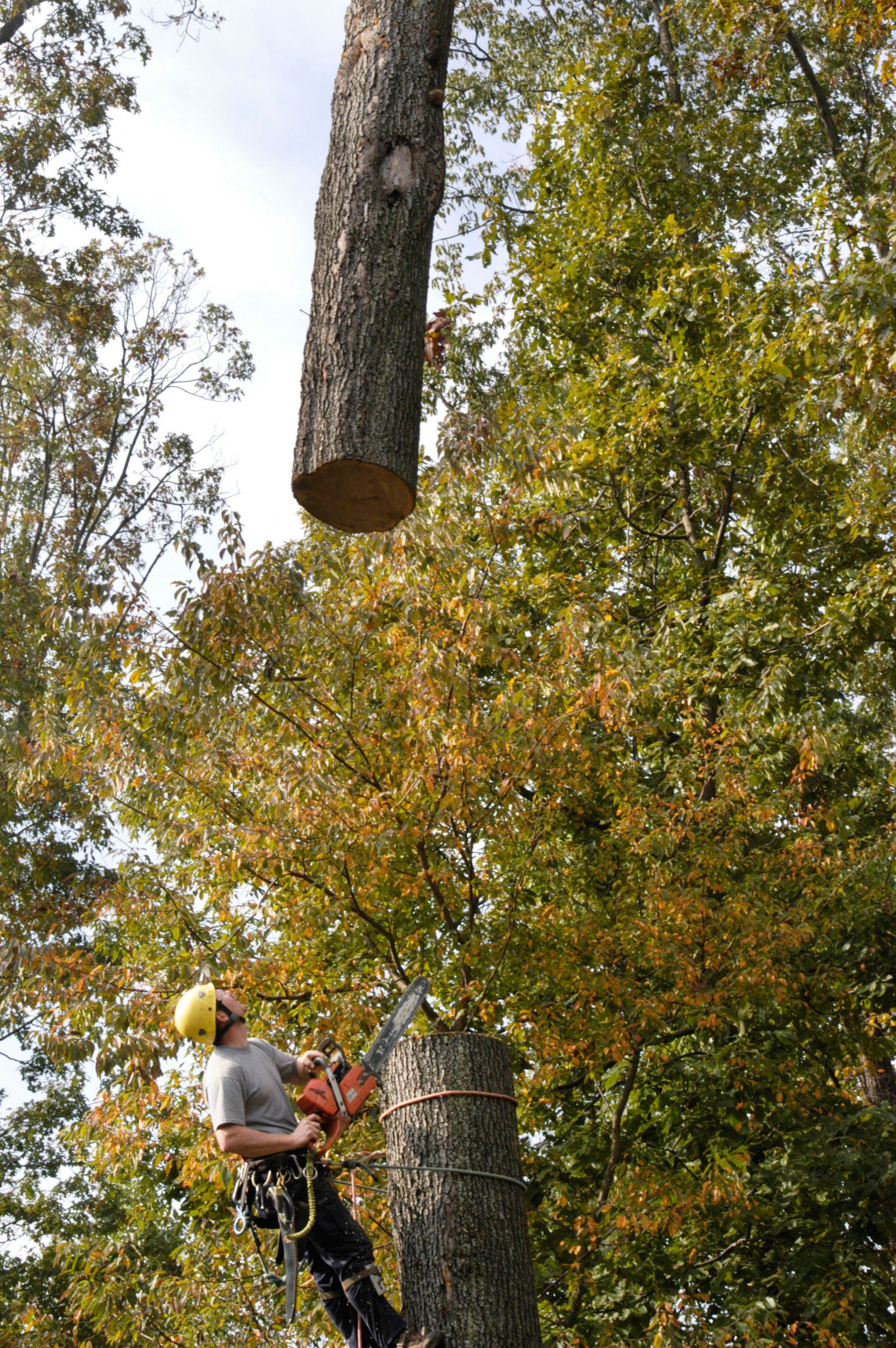

Share On: